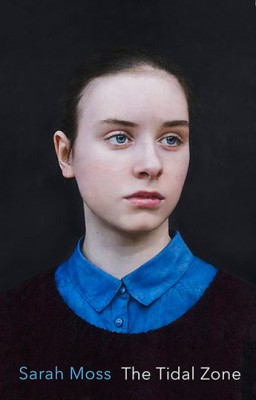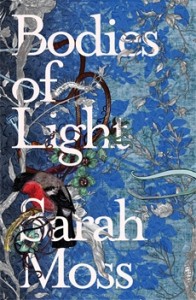There’s a kind of suspension of time that happens when you crack open a new book by a favourite author. Will she live up to the promise of those previous books you loved? Has she lost her touch? Are you about to suffer a crashing disappointment?
Moss’s main interests, judging by her previous works, are the role of women in society and the ways in which families function (and fail to function). In this novel, the main character is, for a change, a man – a stay-at-home dad with a GP wife and two school-age daughters. As the book opens, his seemingly stable world is about to be nudged off its axis by a phone call informing him that his elder daughter, Miriam, has stopped breathing at school.
Continue reading The Tidal Zone
Moss’s previous work includes two interrelated novels, Night Waking and Bodies of Light. Signs for Lost Children, her most recent, is the third in that series, picking up more or less where Bodies of Light left off. It follows the career of Alethea (Ally) Moberley, a fictional character who, along with her associates, is reputedly modelled on the pioneering group of female medical students known as the Edinburgh Seven, some of the first women to qualify as doctors in Britain. At the beginning of Signs, Ally has graduated, married, is living in Cornwall and is commencing voluntary work at a lunatic asylum in order to pursue her interest in mental illness.
Continue reading Signs for Lost Children
Moss’s glorious female characters are fully formed and morally complex; in this novel, set in 19th century Manchester, they are both products of, and alienated from, their time and place. She seems fascinated by the consequences of parental influence, and is, unlike some novelists, capable of being passionate (or angry) about more than one thing at a time. Now someone just needs to convince her that male characters are worth writing with the same amount of depth (though heaven knows they’ve had enough time devoted to them by her colleagues already). A companion piece to the also-marvellous “Night Waking”.


